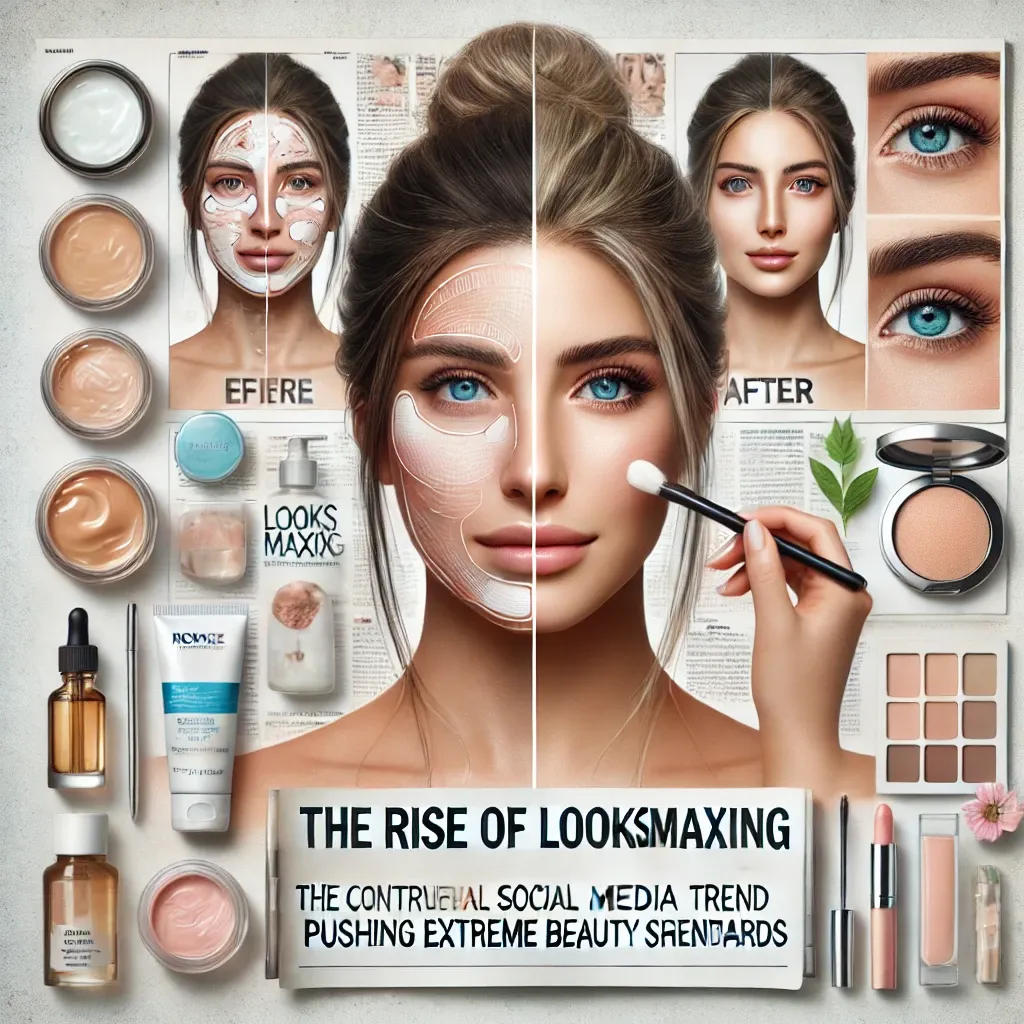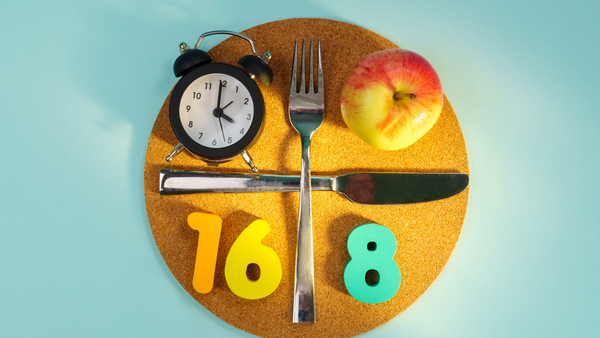The Rise of "Looksmaxxing" - The Controversial Social Media Trend Pushing Extreme Beauty Standards
This in-depth article explores the rise of "looksmaxxing," a controversial social media trend focused on extreme measures to enhance physical appearance. It delves into the practices, ideologies, and communities behind looksmaxxing, highlighting its rapid growth on platforms like TikTok

In the ever-evolving social media trends, "looksmaxxing" has emerged as a controversial and influential movement. Defined as the practice of optimizing one's physical appearance to the highest possible level, looksmaxxing has its roots in niche online forums but has recently exploded in popularity on platforms like TikTok. This trend is not just about enhancing beauty but often involves extreme measures and controversial ideologies.
What is Looksmaxxing?
Looksmaxxing encompasses a wide range of practices aimed at enhancing physical attractiveness. These can be categorized into two main types:
Softmaxxing
- Non-Invasive Techniques: These include skincare routines, hairstyling, and "mewing" (a practice involving tongue posture to reshape the jawline). They are generally considered safer and more accessible.
- Diet and Exercise: Following strict dietary plans and engaging in specific workout regimens to achieve a more aesthetically pleasing physique.
Hardmaxxing
- Extreme Measures: Hardmaxxing involves more drastic measures such as plastic surgery, the use of steroids, and other body modification techniques. These practices carry significant risks and often reflect the influence of toxic masculinity and the incel subculture, where extreme beauty standards are heavily promoted.
- Cosmetic Procedures: This includes procedures like rhinoplasty, jaw implants, and even more controversial practices like "bone smashing" to alter facial structure.
The overarching goal of looksmaxxing is to maximize one's physical attractiveness, often driven by the belief that higher "sexual market value" (SMV) can lead to better social and romantic outcomes.
The Looksmaxxing Community
The looksmaxxing community is a subculture with its unique terminology and ideologies. Key terms include:
- Canthal Tilt: The angle of the eyes is believed to influence attractiveness.
- Hunter Eyes: Deep-set eyes are considered a sign of masculinity and attractiveness.
- Sexual Market Value: A rating system used to judge physical attractiveness.
Within this community are rating systems and forums where individuals receive feedback on their looks and advice on how to "improve" them.
Some practices promoted in these forums, such as "bone smashing" (purposely damaging facial bones to encourage regrowth in a more aesthetically pleasing shape), are particularly dangerous and lack scientific backing.
Criticisms and Concerns
The looksmaxxing trend has drawn significant criticism for several reasons:
- Promotion of Unrealistic Beauty Standards: The extreme focus on physical appearance can lead to unrealistic and harmful beauty ideals. The pressure to conform to these standards can be overwhelming, especially for young men more susceptible to social media influence.
- Mental Health Risks: There is a potential to fuel body dysmorphia and eating disorders among individuals striving to meet these high standards. The obsession with physical perfection can lead to severe mental health issues, including anxiety, depression, and a distorted self-image.
- Ties to Misogynistic Ideology: The movement is often linked to the incel subculture, which harbours misogynistic views and toxic masculinity. This association can perpetuate harmful attitudes towards women and reinforce gender stereotypes.
- Lack of Scientific Evidence: Many looksmaxxing techniques, especially the more extreme ones, lack scientific validation and can be harmful. Promoting unproven methods can lead individuals to undertake risky procedures without fully understanding the potential consequences.
The Rise On TikTok
TikTok has played a crucial role in popularizing looksmaxxing. Influencers on the platform, often with massive followings, share tips and showcase their transformations, which are then amplified by TikTok's algorithms.
- Popular Influencers: Some influencers have gained substantial followings by promoting looksmaxxing practices and selling related products or courses. These influencers often present themselves as success stories, encouraging others to follow.
- Algorithmic Promotion: TikTok's algorithm favours engaging content, often including dramatic transformations and extreme beauty hacks. This pushes these videos to young, impressionable audiences, creating a feedback loop where increasingly extreme content is rewarded with more visibility and engagement.
- Monetization: Influencers and content creators monetize their popularity by endorsing cosmetic procedures and selling beauty products, further entrenching the trend. The financial incentives can drive creators to promote more extreme and potentially harmful practices to maintain their audience's interest.
Expert Perspectives
Experts have voiced concerns about the mental and physical health impacts of looksmaxxing:
- Psychologists: They warn that the obsession with physical appearance can lead to serious mental health issues, including body dysmorphic disorder (BDD). The constant comparison to idealized images can erode self-esteem and lead to unhealthy behaviours.
- Cosmetic Surgeons: Surgeons caution against the risks associated with extreme procedures and stress the importance of realistic expectations and mental health evaluations before undergoing cosmetic surgery. They highlight the potential for complications and the psychological impact of elective procedures.
- Calls for Regulation: There is a growing call for more regulation of the marketing of cosmetic procedures and products, especially to vulnerable populations. Experts advocate for stricter advertising guidelines and greater transparency about the risks involved in cosmetic enhancements.
Conclusion
While rooted in the desire for self-improvement, looksmaxxing has morphed into a trend that promotes extreme and often harmful beauty standards. The rise of this trend on platforms like TikTok has brought it into the mainstream, influencing a new generation. To combat the toxic aspects of looksmaxxing, promoting healthy self-improvement practices and fostering critical media literacy is crucial.
By understanding the dangers and recognizing the underlying motivations, we can better navigate the pressures of social media and support individuals in finding healthier paths to self-esteem and personal growth.




